
Love all, trust a few, do wrong to none.
William Shakespeare
Negotiating With Clarity
As one of the world's most experienced kidnap-for-ransom negotiators, Scott Walker has successfully resolved life-or-death crises, facing down gang leaders, pirates, cyberhackers, and extortionists. When he turned to help businesses with negotiation, he realized that the tools and skills he'd need were not so different from the ones he'd mastered in the high-stakes situations he successfully negotiated.
In Scott Walker’s 15 years as a kidnap negotiator, he learned how to get his message across quickly, calmly and efficiently.
“If I messed up, people could die,” said Walker, a former Scotland Yard detective who has helped resolve hundreds of cases.
Tap into your ‘red center.’
First, establish what Walker’s crisis team called a red center. In kidnapping cases, it’s a physical command center, but in everyday negotiations, it’s a state of mind.
Jitters and fears can be contagious, Walker said. He writes in his book that he makes sure to arrive at every case “grounded, switched on, and focused, with an agile mind.” Before your conversations, practice deep breathing or anything else that makes you feel centered.
And before you negotiate or have a tough conversation, he said, ask yourself this clarifying question: What do I fear losing the most in this situation? Is it freedom, reputation, money, power?
Going straight to what you fear the most, as painful as it may be, will increase self-awareness and help you manage any surprise emotions that could derail your talks, such as frustration, jealousy or anger.
Pay attention to your tone.
“You always want to approach a negotiation in a friendly, calm manner,” Walker said, because the way you speak can make or break a deal.
He prefers speaking face-to-face, over the phone or on video, rather than via email or text, which can be easily misconstrued, he said.
He has also found that smiling, even if you’re on the phone, can help keep your tone friendly.
Don’t rush to fill every silence, Walker writes in his book. He keeps a stress ball on his desk that features the acronym W.A.I.T. — which stands for “Why am I (still) talking?” — as a reminder.
If you are dealing with someone who is difficult, Walker suggested reframing that person in your mind as a “worthy opponent” to help you get into a more positive mind-set.
Clarity is power.
While negotiating, we are often led by a need to control, which is a mistake, Walker said. So leave your ego at the door, he said. In order to gain another person’s cooperation, you first have to understand that person’s point of view, beliefs and values by being curious and empathetic, Walker said. Unless the person truly feels understood, “there’s always going to be a bit of pushback.”
Ask open-ended questions and reflect back the person’s answers, Walker said. He recommended using phrases such as “Tell me about …” or “What needs to happen for you to …”
“Curiosity without shame, blame and judgment is not easy, but it’s a negotiating superpower,” Walker said. “We can’t influence someone unless we know what already influences them.”
If negotiations stall, ask yourself these questions.
The ultimate goal is to reach an agreement. But if things stall, Walker takes a quick break and asks himself some questions.
They include: What can or can’t I control right now? What am I not seeing here? And what opportunity am I missing? Those questions, he said, shift our attention from what has gone wrong to what still has the potential to go right. Then, he gets back in there.
While Walker has had success negotiating with violent criminals, his two teenagers can still knock him off balance. “They know all the tricks in the book,” he said.
Scott Walker, Order out of Chaos: Win Every Negotiation, Thrive in Adversity, and Become a World-Class Communicator
Nothing is so common as the wish to be remarkable.
—Shakespeare
Naminapu Maymuru-White and Daniel Boyd
Naminapu Maymuru-White and Daniel Boyd both grew up in Australia but miles apart from each other. They present complex and contrasting perspectives on Indigenous identities.
To Mangalili people, it(The Milky Way) is an astral river where souls swim into life, then flow again after they die.
To honor the Milky Way, Ms. Maymuru-White mixes black and white pigments from stones and clay, then paints sinuous streams of stars on tree bark or trunks collected from local forests. By uniting earth, tree and galaxy, she reflects the Mangalili view that there is no separation between stars, land, people, plants, life and death.
“When I do my Milky Way paintings,” Ms. Maymuru-White said, “I always look at myself like I’m going home through the River of Stars.”
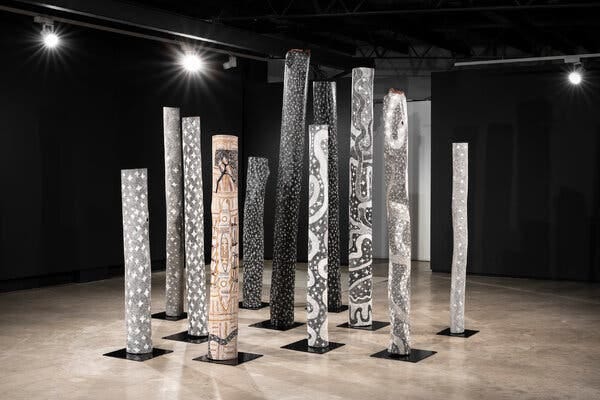
Daniel Boyd
His points of light and transparent spots represent lenses through which people project their understanding into the world. The experience of engaging with his interplays of darkness and dots is meant to shatter simple narratives about the history and lives of Indigenous people and “the other” into millions of shimmering, individual viewpoints.
Two Aboriginal Artists Urge Viewers to See the Universe Differently, Keridwen Cornelius
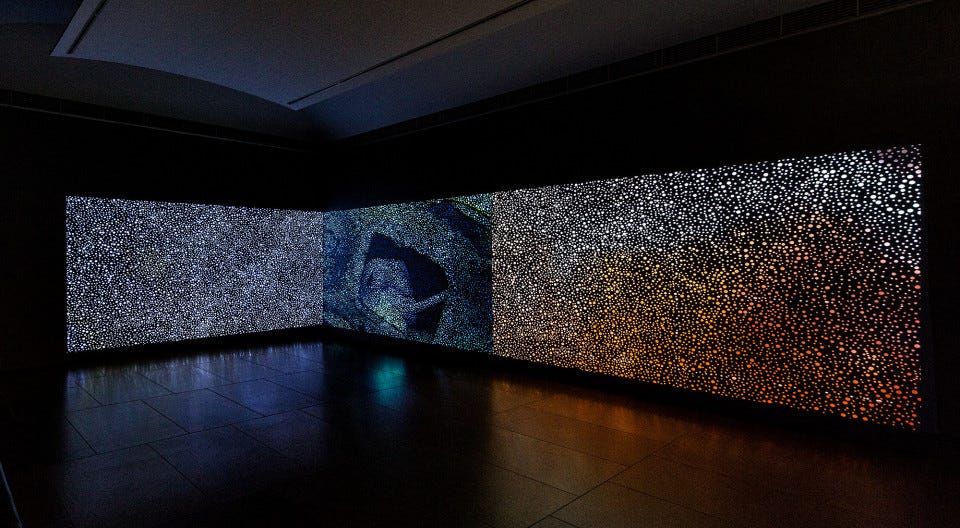
So much has been given to me I have not time to ponder over that which has been denied.
― Helen Keller, an American author who lost her sight and hearing at 19 months
Evan Gershkovich’s Year in a Russian Jail
Wall Street Journal reporter Evan Gershkovich was detained on March 29, 2023 by Russia’s Federal Security Service, or FSB, while he was on a reporting trip in the city of Yekaterinburg and held on an allegation of espionage that the Journal and the U.S. government vehemently deny.
Espionage trials are typically conducted in secret, with little to no evidence shared about a defendant’s case. Conviction carries a prison sentence of up to 20 years. It is rare for a court to acquit a defendant.
Red Light Therapy
Red light therapy is a simple, non-invasive treatment that delivers red and near-infrared light to a person’s skin and cells. A red light therapy home device uses LEDs to shine red and near-infrared light on your body during a treatment session. This is just like the wavelengths of light your body needs from natural sunlight, but without the heat or UV rays that cause sun damage.
When red light shines through the body, it interacts with the mitochondria, stimulating the production of Adenosine Triphosphate (ATP), which is the primary energy currency in our bodies. So, increased ATP production means there’s more energy within each cell. A cell with high energy is better able to perform its specialized functions, repair itself, and replicate.
Also, it stimulates collagen production, improves blood circulation, and reduces inflammation, causing a ripple effect that enhances overall health and contributes to faster healing.
Due to its penetration range, red light is used in deep tissue treatments to promote muscle recovery, boost skin rejuvenation, and relieve pain, improving general well-being and physical performance.
PlatinumLED is best in field for body panels. If you are wanting a smaller unit for targeted therapy. Joovv has an excellent handheld unit.
Have a great Weekend


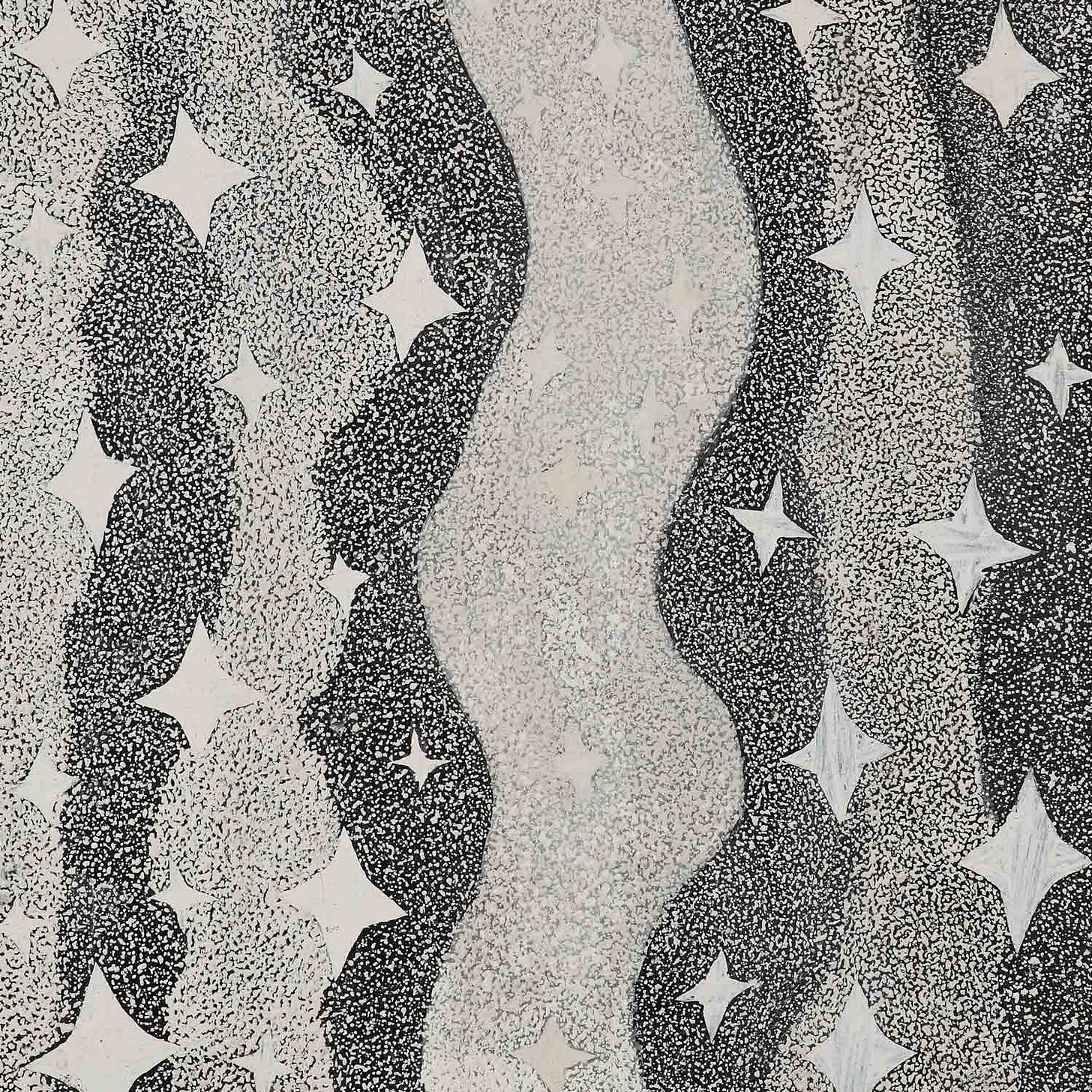
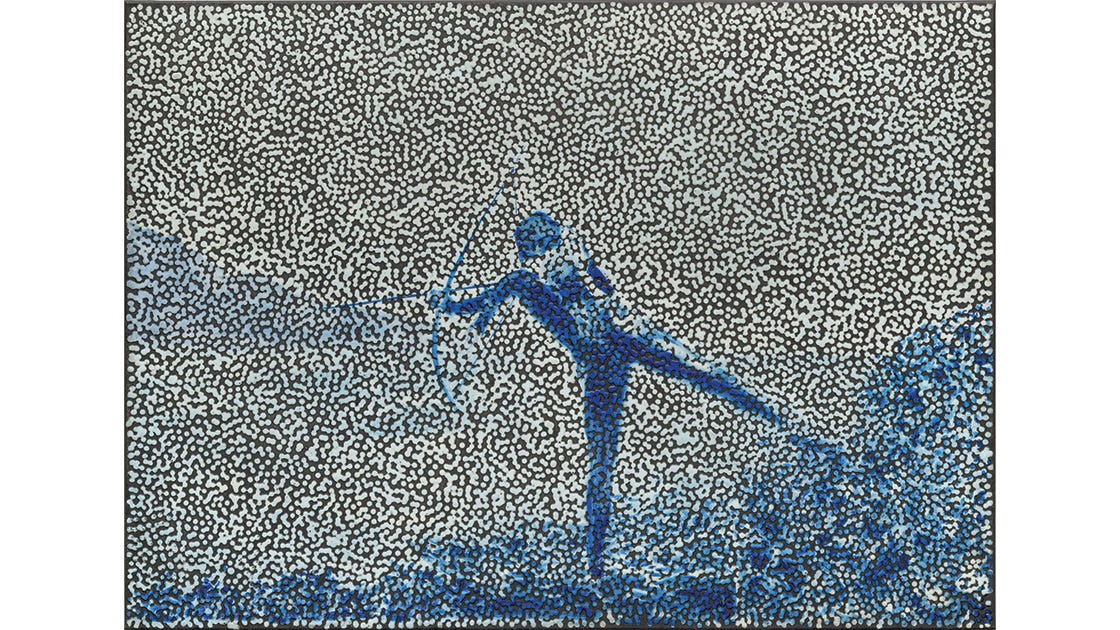
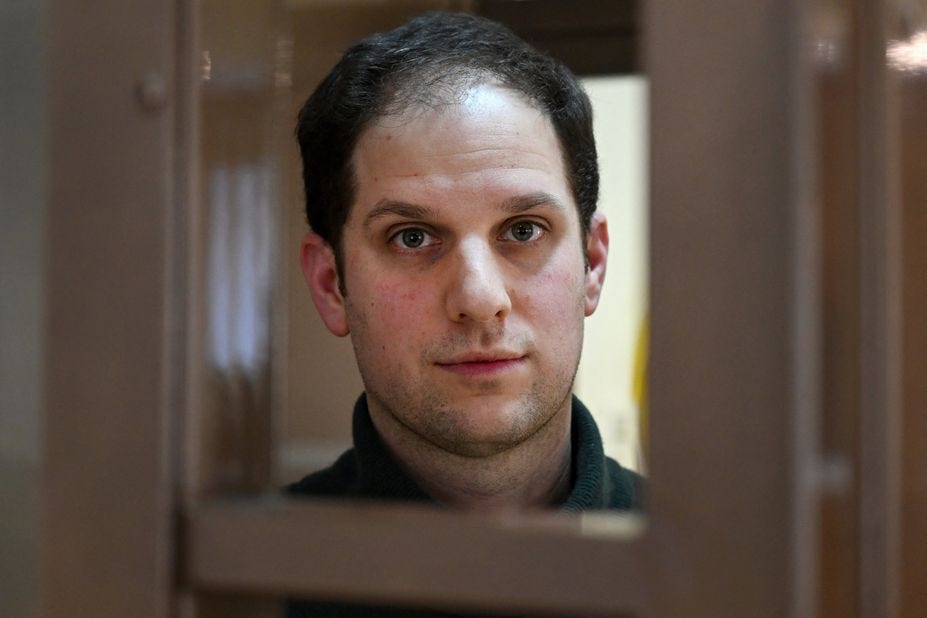
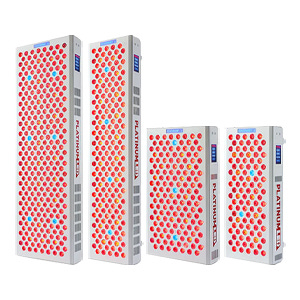

Hi Lucy and Karen have either of you tried the red light therapy?
Amazing Australian Artwork!